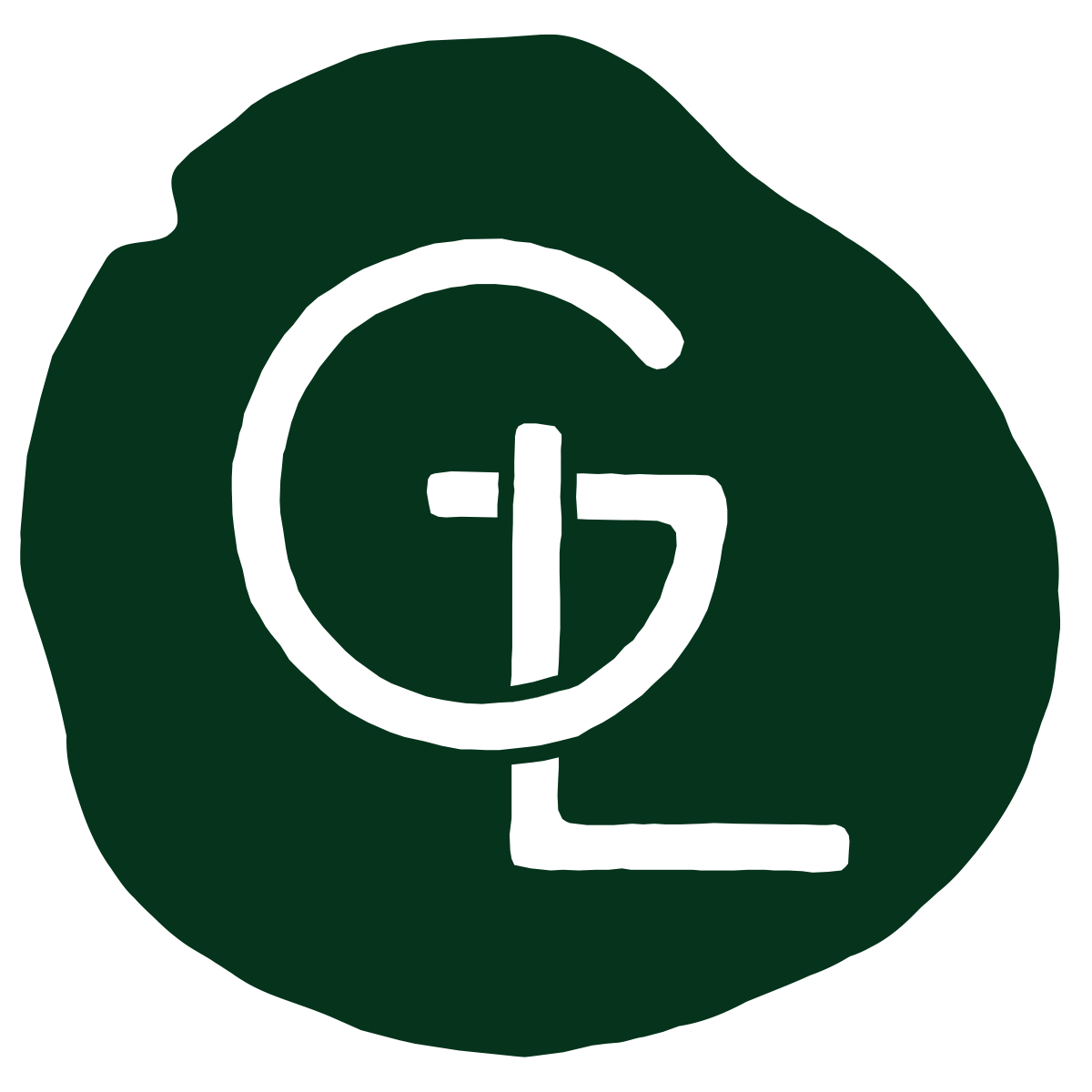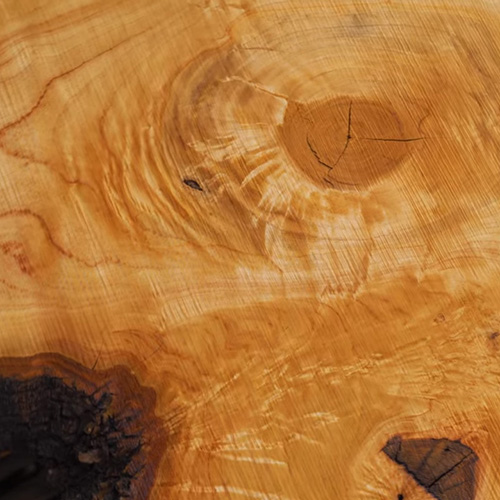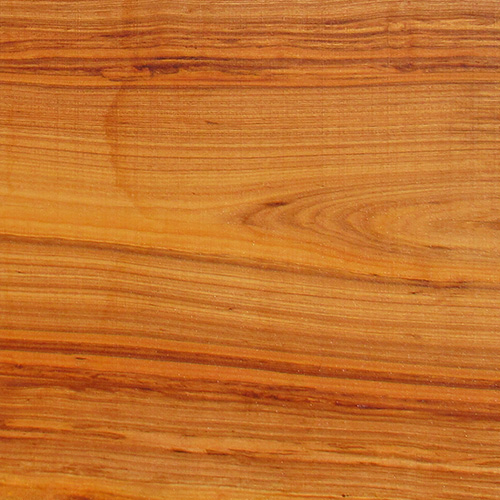African Teak (Iroko)
[Milicia excelsa]
A large deciduous tree reaching heights up to 160 feet tall, African Teak grows natively across Central Africa, from Guinea-Bissau on the west coast to Mozambique on the east — typically in wet savannah, rainforest, and lower-altitude forest habitats.
Also known as “Iroko,” the species is stable and durable like genuine Teak [Tectona grandis], with a remarkably similar look. And given the high price of Teak, this African namesake provides an excellent cost-effective alternative.
But it also offers a myriad of benefits beyond its amazing Teak-like eye appeal — culturally, medicinally, and ecologically.
Holding great spiritual significance throughout West Africa, African Teak is considered a sacred tree for many cultures. Fertility and birth are so strongly associated with the tree that it’s often protected when surrounding bush is cleared so that ritual sacrifices can continue taking place underneath it and gifts being given to it. The timber of the African Teak is even used to make ceremonial drums and coffins.
The species is also relied upon medically, with a wide variety of herbal medicines derived from various parts of the tree to remedy a multitude of ailments. In fact, African Teak is often used to treat female sterility, heart problems, stomach pain, abdominal pain, asthma, cough, diarrhea, dysentery, scabies, skin problems, and inflammation.
From an ecological standpoint, it’s valuable as both a nitrogen-fixing species and as a pioneer species within its native range. It also helps control erosion, provide shade as a roadside tree in urban areas, and in certain conditions African Teak acts as a carbon sink, able to extract atmospheric carbon from the air and convert it into land carbon — effectively reducing greenhouse gases.
Of course, based on its look alone, African Teak is an exceedingly popular high-grade timber for woodworking. Which when combined with all the applications the species is used for, it might come as no surprise that the species faces both over harvesting and the threat of habitat loss. Enough that the IUCN has Red Listed it under the “Near Threatened” category.
A medium weight hardwood, African Teak trees produce a strong, dense, durable hardwood timber that’s resistant to fungi, dry wood borers, and termites — a toughness that’s almost belied by its irresistible beauty.
A species of stunning eye appeal, African Teak features a yellow to golden or medium brown heartwood – that sometimes darkens to a deep chocolate brown – countered by a clearly demarcated pale yellow sapwood. It typically features an interlocked grain, with a medium to coarse texture.
All of which make African Teak an exceptional choice for Wood Veneer Sheets, Custom Plywood, flooring, furniture, cabinetry, boatbuilding and specialty wood items.
Species Distribution:
Tropical Africa
From Guinea-Bissau to Mozambique
Angola
Benin
Burundi
Cameroon
Central African Republic
Republic of the Congo
Democratic Republic of the Congo
Equatorial Guinea
Ethiopia
Gabon
Ghana
Ivory Coast
Kenya
Malawi
Mozambique
Nigeria
Rwanda
Sao Tome and Principe
Sierra Leone
Sudan
Tanzania
Togo
Uganda
Zimbabwe
Common / Alternative Names:
Iroko
Intule
Kambala
Moreira
Mvule
Odum
Tule
Janka Hardness:
1,260 lbf
Sustainability Status:
CITES Appendices: Not listed
IUCN Red List of Threatened Species: Listed as a vulnerable species due to a population reduction of over 20% in the past three generations, caused by a decline in its natural range, and exploitation.








